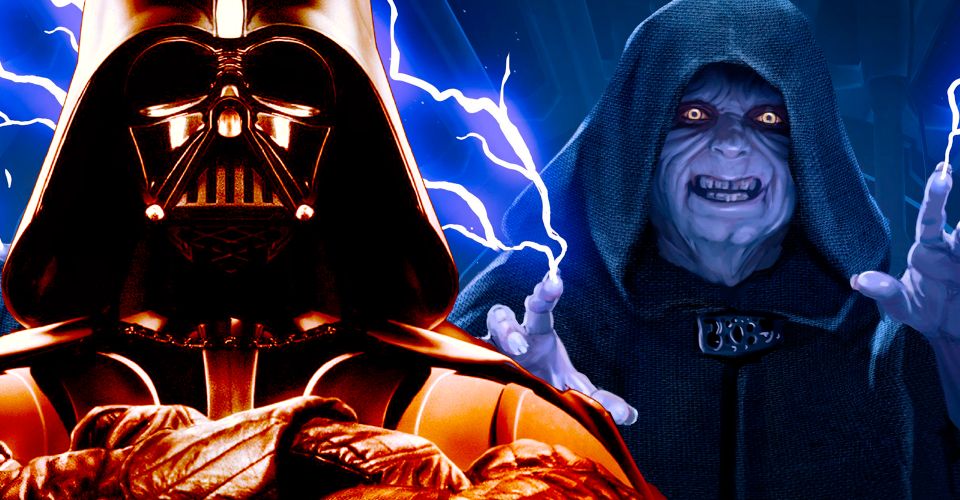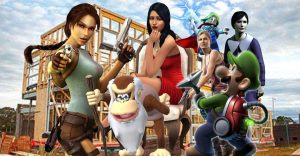Star Wars Confirms The Sith’s Jedi Origin (In Canon)

Star Wars has now confirmed the canon history of the Sith. The yin to the Jedi’s yang, the darkness to their light, the Sith are the principal villains of the entire Star Wars saga. Darth Vader was introduced as the “Dark Lord of the Sith” in the first Star Wars film, and subsequently Emperor Palpatine was revealed to be his Master. Naturally, the old Expanded Universe took great delight in exploring the history of the Sith.
Then George Lucas returned to make the prequel trilogy, and things became a lot more complicated. Lucas’ vision of the Sith was very different to anything seen in the Expanded Universe, and consequently writers and editors had to go to great lengths to clear up the continuity problems. When Disney acquired Lucasfilm in 2012, they swiftly decided the simplest solution was to wipe away all the old Expanded Universe and start again. Since then they’ve gradually re-canonized elements from the Expanded Universe, with throwaway references to concepts like the “One Hundred Years’ Darkness,” and it has become unclear how much should be considered canon.
To clear some things up, Lucasfilm recently published The Star Wars Book, with contributions from Pablo Hidalgo, Dan Zehr, and Cole Horton. One section, which bears the title “Unlimited Power,” presents a remarkably brief history of the Sith – confirming everything we thought we knew, but also simplifying matters substantially:
The Sith are an order founded by a splinter group of Jedi who discover the raw power that can be achieved by devotion to the dark side… Because of their origin as an offshoot of the Jedi, the Sith superficially resemble Jedi Knights. Their robes and hoods show strong Jedi influences, and their weapon of choice is a lightsaber. The Sith pour their hate and rage into the kyber crystals that make up the core of their weapons. This act creates a red blade, a color not found among the Jedi.
Despite their number, the Sith fail to maintain a well-structured order akin to the Jedi. The driving philosophy of the Sith is ascension at any cost. Any rigid structure would inevitably collapse when ambitious Sith Lords vie for control. Coups and intrigue are common within their ranks.
This spells doom for the original Sith attempt to rule the galaxy a millennia before the modern era. Though they nearly succeed in conquering the Republic, in-fighting accelerates the Sith’s demise, and they are defeated by the Jedi Order.

It’s a broad-brush account, but it fits perfectly with established lore. The Sith are envisioned as a faction of Jedi who fell to the dark side, and who were either expelled from the Order or fled into the shadows. They must have settled on the planet Moraband, sometimes called Korriban, a powerful vergence in the Force steeped in the dark side. There, they mastered their powers, and began to build sufficient numbers to return with a vengeance and establish the first Sith Empire. Unfortunately, the dark side is competitive not cooperative, and they turned on one another. This neatly explains why Darth Bane established the Rule of Two, in order to limit and control the potential for such in-fighting.
Anyone familiar with the Expanded Universe will note one major element has been removed from the canon. Until Star Wars: Episode I – The Phantom Menace, writers in the EU assumed the Sith were actually an alien race. That’s why they created Korriban, literally envisioned as the Sith homeworld. This led to some pretty clumsy retcons, but the whole issue has now been neatly erased. As far as the new canon is concerned, there never was a Sith race per se, and the story of Star Wars‘ greatest villains is a lot simpler.
About The Author


















